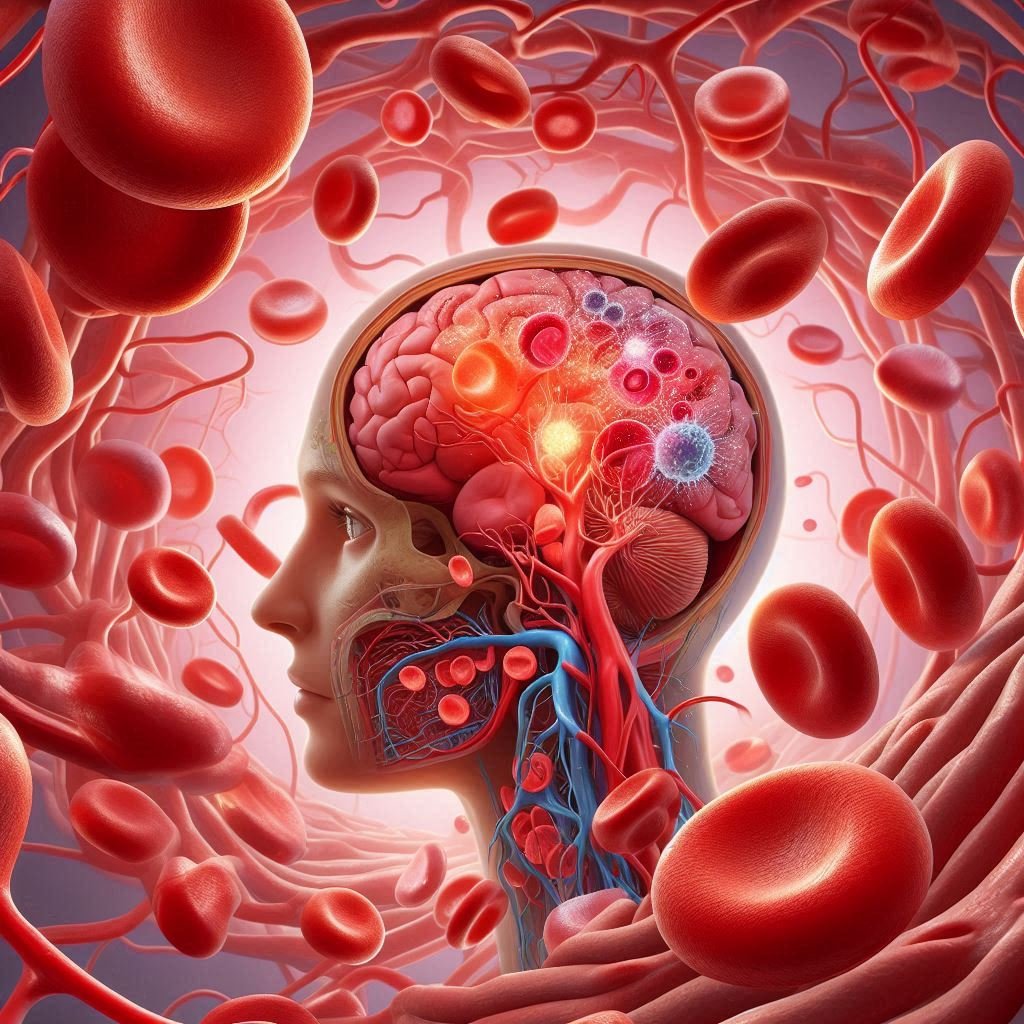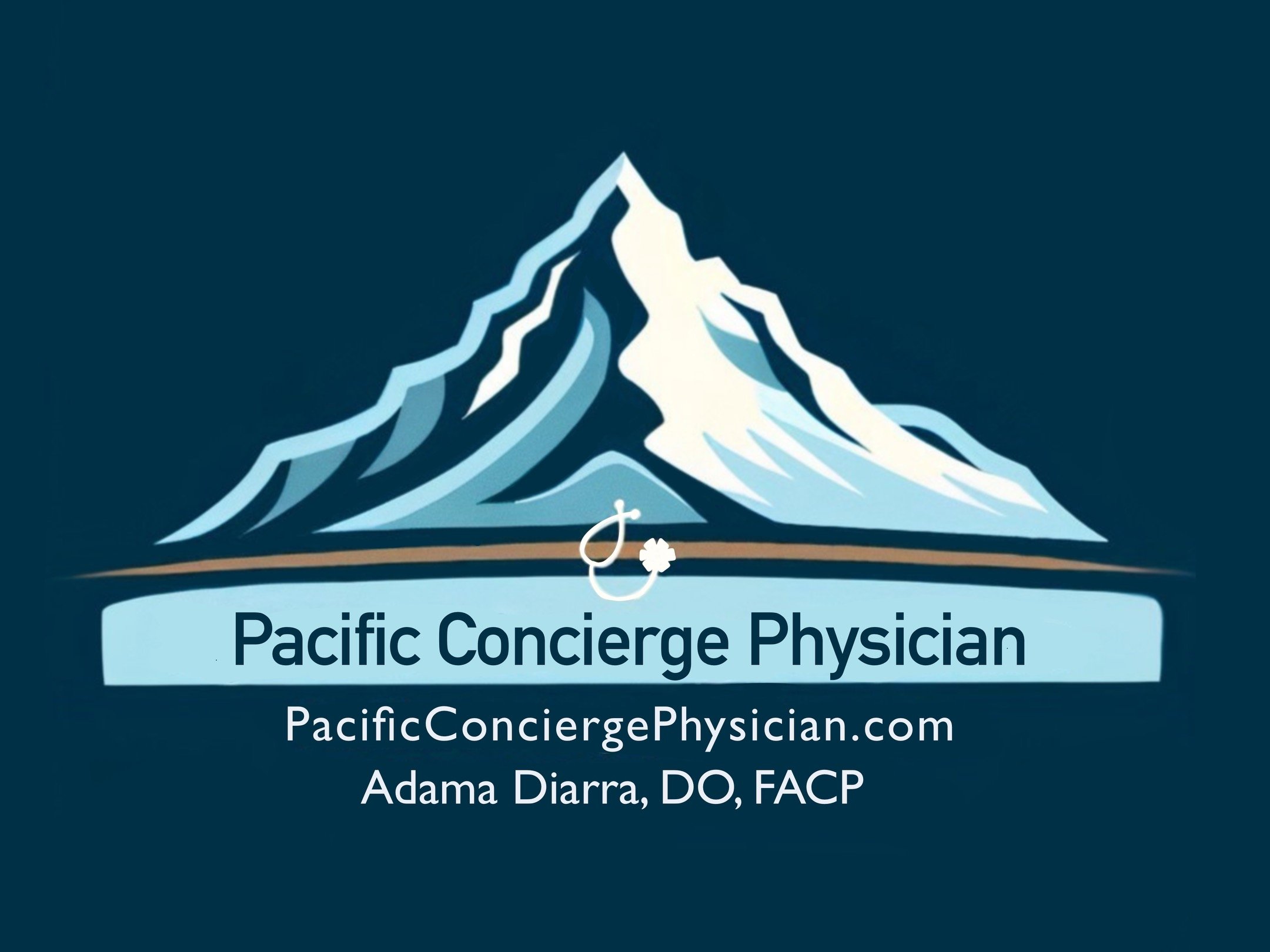
Longevity: Exploring the Science of a Longer, Healthier Life
What if extending the healthy years of your life could be supported by medications already sitting in the pharmacy? While no prescription drug has yet been FDA-approved specifically to delay aging or extend human lifespan, some medications—originally developed for diabetes, heart failure, immunosuppression, and cancer—are drawing attention for their potential in promoting healthspan and even lifespan in certain populations.
In this chapter, we dive into some of the most clinically studied and discussed medications associated with longevity: Metformin, Rapamycin, GLP-1 Receptor Agonists, and Senolytics. Each is explored through the lens of mechanism of action, cost, pros and cons, and existing clinical evidence.
This newsletter offers readers a science-based, cautious, but forward-looking perspective on the future of pharmacologic longevity. Whether you're a healthcare provider, wellness enthusiast, or simply curious about the evolving landscape of anti-aging medicine, you'll find practical insights and a foundation for informed discussions with your medical team.
Adama Diarra, DO, FACP & Team
Pacific Concierge Physician
7001 SW Hampton Street Tigard/Portland, OR 97223
Phone: 503-664-1207

Longevity: Exploring the Science of a Longer, Healthier Life
An annual exam is a vital part of preventive healthcare, helping to detect health risks early, optimize well-being, and establish a personalized health plan. It includes a clinical examination, lab tests, and counseling on disease prevention and lifestyle improvements. Routine screenings can help catch conditions like heart disease, diabetes, and cancer in their early stages. Additionally, emerging technologies such as liquid biopsies may further enhance early detection. Investing in annual checkups is key to long-term health and disease prevention.

Longevity: Exploring the Science of a Longer, Healthier Life
This newsletter provides a comprehensive overview of current cancer screening guidelines from the USPSTF, ACS, and NCCN, detailing recommendations for breast, cervical, colorectal, lung, prostate, ovarian, and skin cancer. It also explores the emerging potential of liquid biopsies, a non-invasive blood-based screening method that detects circulating tumor DNA for early cancer detection. While promising, challenges such as standardization and clinical validation remain. A personalized, evidence-based approach integrating traditional and innovative screening methods is essential for optimizing cancer prevention and early diagnosis.

Longevity: Exploring the Science of a Longer, Healthier Life
In 2023, the U.S. Surgeon General declared loneliness a public health epidemic, highlighting its far-reaching psychological and physiological impacts. This chapter explores the complexities of loneliness, from its misunderstood roots in social disconnection to its detrimental health effects, which rival the risks posed by chronic diseases such as smoking and obesity. Research reveals that loneliness can increase inflammation, weaken immunity, and heighten stress, making it as lethal as major health conditions.
The chapter outlines key biological and behavioral pathways by which loneliness impacts health and emphasizes the societal costs, including economic burdens due to increased healthcare usage and workplace absenteeism. Addressing this epidemic requires both individual and community-level interventions. Practical strategies, such as enhancing small daily interactions and employing positive body language, can foster meaningful connections and mitigate feelings of isolation. Community programs and technology-driven solutions, like video calls, also play pivotal roles in bridging social gaps.
Personal anecdotes and case studies, particularly observations of elderly patients during the COVID-19 pandemic, underscore the devastating effects of isolation and the importance of healthcare providers in offering human connection. Ultimately, combating loneliness necessitates a holistic approach involving individual efforts, community initiatives, and policy changes to foster lasting connections and improve overall well-being.

Longevity: Exploring the Science of a Longer, Healthier Life
In this chapter, we delve into the critical health risks posed by commonly encountered substances and behaviors. This chapter explores the severe impacts of smoking, vaping, excessive sugar and salt consumption, and the dangers of prescription opioids and illicit drugs. Additionally, it covers the often-overlooked threats from microplastics, forever chemicals, and the public health challenges of gun violence and alcohol consumption. Armed with scholarly evidence, the chapter aims to educate and empower readers to make healthier choices that extend life expectancy and enhance quality of life, emphasizing that prevention is paramount in the pursuit of well-being.

Longevity: Exploring the Science of a Longer, Healthier Life
This chapter explores the importance of maintaining a healthy weight for overall well-being and chronic disease prevention. It defines weight categories using tools like BMI and advanced methods such as DEXA scans, while addressing obesity’s risks, including heart disease, diabetes, cancer, sleep apnea, and dementia. The chapter also highlights the dangers of being underweight. Practical, evidence-based strategies for weight management empower readers to achieve a balanced, healthier lifestyle and reduce their risk of chronic conditions.

Longevity: Exploring the Science of a Longer, Healthier Life
Keep active to live longer! Regular physical activity, including walking, running, and strength training, promotes physical, cognitive, and emotional well-being. Exercise supports brain health through neurogenesis and reduces the risk of chronic diseases. Walking 6,000–10,000 steps daily significantly lowers mortality risk, while strength training twice a week mitigates muscle loss, improves bone density, and enhances metabolic health. Recovery is equally vital, with techniques like lymphatic drainage, cold/heat therapies, and active recovery aiding muscle repair and reducing soreness. Combining aerobic exercise, strength training, and effective recovery strategies extends healthspan, supporting a vibrant, active life well into older age. Prioritize movement, strength, and rest for holistic health.


Understanding Daylight Saving Time: History, Health Effects, and Practical Tips for Wellness
Daylight-saving time (DST) is a practice that adjusts clocks forward by one hour during the warmer months to extend evening daylight. While DST was initially introduced to make better use of daylight and conserve energy, recent studies suggest it can have adverse effects on health. This newsletter will explore the history of DST, discuss its impact on sleep, mood, and general health, and offer tips for managing potential disruptions.

Understanding Viral Upper Respiratory Infections (URIs): Causes, Symptoms, Complications, and Treatment
Viral Upper Respiratory Infections (URIs) are common illnesses that affect the nose, throat, and sinuses, caused by viruses like rhinovirus, adenovirus, coronavirus, and RSV. Learn about symptoms such as nasal congestion, sore throat, and cough, how to treat and prevent complications, and why antibiotics are not typically necessary. Explore lifestyle management and medication options for symptom relief.

Understanding Anxiety: Causes, Complications, and Treatments
Generalized Anxiety Disorder (GAD) is a mental health condition marked by persistent, excessive, and uncontrollable worry about various aspects of life, such as work, health, or personal relationships. This overview focuses on the its symptoms, causes, complications and modern evidence based treatment options including lifestyle and medications. By Adama Diarra, DO, FACP

Understanding Depression: Causes, Complications, and Treatment
Depression, or Major Depressive Disorder (MDD), affects mood, cognition, and behavior. It can manifest without sadness, leading to fatigue, cognitive issues, and physical symptoms. Causes include biological, psychological, and environmental factors. Untreated depression can result in severe health complications. Treatment involves lifestyle changes, psychotherapy, and medications like SSRIs or SNRIs. Each patient's plan is personalized for optimal care. Early diagnosis is crucial, and treatment is a marathon requiring patience.

Understanding Menopause: Symptoms, Risks, and Treatment Options
Learn about menopause, its symptoms, and treatment options. Discover how early diagnosis can help manage symptoms like hot flashes, mood changes, and more. Explore hormone and non-hormone treatment options, lifestyle interventions, and how personalized care can support women through this natural life transition.

Understanding High Blood Pressure (Hypertension): Causes, Risks, and Treatment
Learn about high blood pressure (hypertension), its causes, risks, and treatments. Understand how early detection, lifestyle changes like diet and exercise, and medications can help manage hypertension and prevent complications like heart disease, stroke, and kidney damage. Discover how personalized care is essential for effective blood pressure control.

Pre-Diabetes
Learn about prediabetes, its causes, risks, and early treatment options. Understand how lifestyle changes like healthy eating, regular exercise, and weight loss can reverse prediabetes and prevent type 2 diabetes. Discover how personalized care and, if necessary, medications can help manage blood sugar and improve health outcomes

Diabetes
Learn about diabetes, its types, and how it can lead to serious complications if left untreated. Discover personalized treatment options, including lifestyle changes and medications, to manage blood sugar levels effectively. Early detection, continuous glucose monitoring, and individualized care are key to preventing complications and improving quality of life.

Understanding Hypothyroidism: Causes, Risks, and Treatment Options
Learn about hypothyroidism, its types, and symptoms. Discover the causes, risk factors, and potential health complications if left untreated. Explore evidence-based treatments, including medications like levothyroxine and liothyronine, and the importance of early detection through routine screenings. Personalized care ensures optimal thyroid health.

Understanding Hyperlipidemia: Causes, Risks, and Treatment
Learn about hyperlipidemia, its types, and risk factors. Discover how early detection, lifestyle changes, and medications can help manage high cholesterol and triglycerides. Personalized treatment plans can prevent complications like heart disease and stroke. Understand the importance of routine checkups for long-term heart health.

Understanding Obesity: Causes, Risks, and Treatment Options
Learn about obesity, its causes, risks, and effective treatment options. Discover how lifestyle changes like healthy eating and physical activity, combined with medications when needed, can help manage obesity and prevent complications. Personalized care ensures that each patient receives a tailored treatment plan for long-term success.
Disclaimer:
The information provided in this newsletter is for educational and informational purposes only and is not medical advice. It is not intended to diagnose, treat, cure, or prevent any medical condition and should not be used as a substitute for personalized medical care from a licensed physician or qualified healthcare professional.
Readers are strongly encouraged to consult their own healthcare providers for any questions or concerns regarding their health or medical conditions. Reliance on the information provided in this newsletter is solely at your own risk.
Dr. Diarra and Pacific Concierge Physician assume no responsibility or liability for any outcomes resulting from the use of this information. Receipt of this newsletter does not establish a physician-patient relationship.
If you are experiencing a medical emergency, please contact emergency services or seek care at the nearest healthcare facility immediately.


